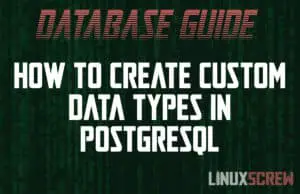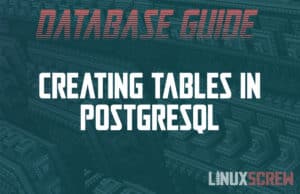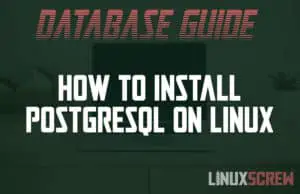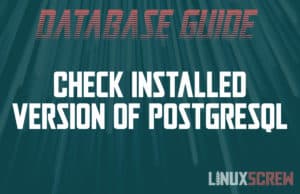Home » Programming » Databases
PostgreSQL: How to Create Custom Data Types – CREATE TYPE
This tutorial will show you how to create and use custom data types in PostgreSQL by using the CREATE TYPE statement, and provide examples. Creating a custom data type is not something most users will need to do (or need to do frequently, at least), however it’s useful to understand how types and custom types work in PostgreSQL should the need to use them arise, or should you be working on someone elses database that uses them. Custom data types are used when you need to represent … Read more




![PostgreSQL: Schemas and the CREATE SCHEMA Statement [Examples] 4 How to Use PostgreSQL Schemas and the CREATE SCHEMA Statement, with Examples](https://cd.linuxscrew.com/wp-content/uploads/2023/04/postgresql-schema-300x194.jpg)





